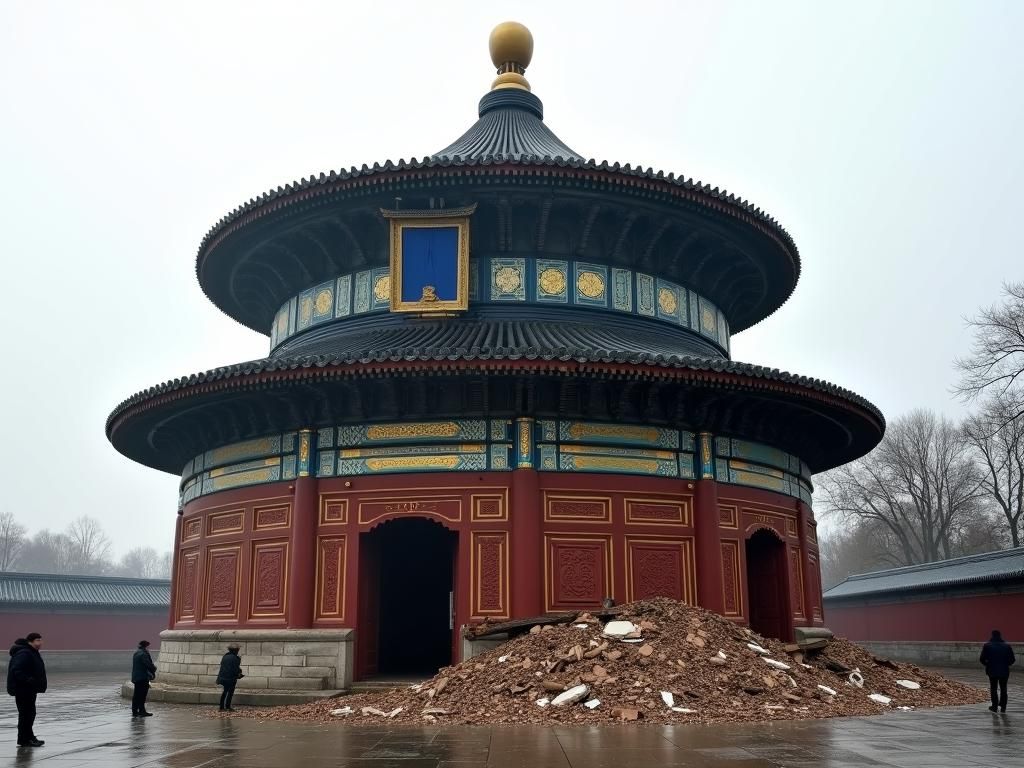 US-China trade experienced a significant upswing recently, as both nations ramped up activity to fulfill the commitments outlined in the Phase One trade agreement signed in early 2020. This surge represents a complex interplay of economic forces and political considerations.
US-China trade experienced a significant upswing recently, as both nations ramped up activity to fulfill the commitments outlined in the Phase One trade agreement signed in early 2020. This surge represents a complex interplay of economic forces and political considerations.
Chinese exporters, eager to meet purchasing targets, actively increased shipments to the United States. This effort was driven by the desire to avoid potential penalties or tariffs that could be imposed if the agreement’s terms were not met.
Simultaneously, American businesses capitalized on the agreement by increasing sales of goods and services to China. This involved agricultural products, manufactured items, and energy resources, among others.
The Phase One trade deal aimed to reduce the trade deficit between the two countries and address long-standing trade disputes. It included commitments from China to purchase specific quantities of US goods and services over a set period.
This recent uptick in trade activity is particularly noteworthy given the strained diplomatic relations between the United States and China. Despite political tensions, economic imperatives are driving continued commercial engagement.
Several sectors, including agriculture, saw notable increases in export volumes from the US to China. Soybeans and other agricultural commodities played a significant role in bolstering American exports.
China’s demand for American-made products, ranging from machinery to technology, also contributed to the trade surge. This highlights the interconnectedness of the global supply chain and the reliance of both economies on each other.
This period of increased trade activity represents a race against time, as the commitments outlined in the agreement come with specific deadlines. Whether these targets are fully met remains to be seen.
Observers are watching closely to see if this boost in trade can be sustained and whether further negotiations on a comprehensive trade deal will take place in the future. The economic implications are far-reaching.
Overall, the rise in trade reflects a complex interplay of economic incentives, the constraints of international agreements, and the strategic interests of both the United States and China in maintaining and expanding their commercial relationship.







